Mineral Resources India – Iron, Coal, Aluminium, Copper, Lead, Zinc
| Metallic | Ferrous | Containing iron contents (Iron ores, Ni, Co, Mn etc.) |
| Non-Ferrous | Gold, Silver, Cu, Pb, Al, Zn etc. | |
| Non Metallic | Organic | Fossil fuels >> Coal, Petroleum etc. |
| Inorganic | Mica, Limestone, Graphite, Gypsom etc. |
Iron & Coal Industries
Iron Ores
- Magnetite >> Best quality iron ore containing 72% iron (Have magnetic properties)
- Hematite >> 60 – 70% iron content
- Limonite >> 40 – 60% iron content
- Siderite >> ~ 40% iron content
Iron-coal industry
- Iron ore + coke + limestone + heat >> Pig iron
- Pig iron ore processing >> cast-iron, wrought iron, steel and variety of alloys
- Therefore, Essential inputs are:
- iron ore, coking coal and limestone
- water for cooling
- energy for heating
- Steel industry also requires dolomite, manganese etc. but in small quantities
- Hence their presence is not the main deciding factor for the location
Deciding locations for iron-coal industry
- Near Forest
- Near Coal Mines
- Near Coastal Areas
Near Forest
- Until the end of medieval period, iron production was done on small scale
- Energy was immobile (No wires to move electricity, No trains to move coal)
- To produce five tons of iron, you had to chop down one acre of forest to get sufficient charcoal
- Therefore, wood supply was primary factor for deciding location
- Hence, smelters were usually setup near forest areas
- Even in Modern times, Visvesvaraya Iron and Steel Plant (Karnataka) was setup near jungle to get wood-charcoal
- Later it was switched to hydro-electricity from Sarawati river
Near coal fields
- During the Industrial Revolution, iron and steel industry were setup near coalmines, due to following reasons –
- The coalfield region had a tradition of iron working based on charcoal
- As a result coalfield areas already had the labour and technology
- In Britain, iron ore was found embedded with coal seams >> same area provided both iron ore + coal
- During that era, to process 1 tons of iron ore, you needed 8-12 tons of coal
- Railway engines were also inefficient
- So, weight-wise, it was cheaper to transport iron ore to coalfields rather than transporting coal to iron ore site
Near coastal areas
- By early 20th century the coal and iron ore mines in US-Europe started getting depleted
- So, they started importing iron ore from other countries
- As a result, the iron space and steel industry started moving toward coastal sites to reduce cost of transporting ores from port to factory via railways
- Example >>] Steel plants at Vishakhapatnam, Ratnagiri, Mangalore
Need for “Coking coal”
- Iron ore has iron oxide but we’re only interested in iron
- So, we’ve to get rid of the “oxide” part
- Hence to remove the “oxide” part we blend it with carbon to form “Carbon dioxide”.
- Coking coal has high concentration of carbon, compared to cheap varieties of coal like Lignite
- Therefore, you’ve to mix the coking coal with iron ore
- For heating you can use other variety of coal / even electricity
Steel Industries India
- Jharkhand >> Jamshedpur (TISCO), Bokaro
- West Bengal >> Durgapur, Burnpur
- Odisha >> Rourkela
- Chhattisgarh >> Bhilai
- Andhra Pradesh >> Vishakhapatnam
- Karnataka >> Vishveshwarya
- Tamil Nadu >> Salem
Aluminium-Bauxite Refining
Bauxite to Alumina
- Aluminum is an abundant mineral in the earth crust
- But for mining or commercial scale exploitation, you require significant concentration of bauxite ore at one particular site
- Bauxite occurs frequently in the tropical areas where limestone rocks are exposed to weathering
- First, Bauxite ore is crushed, washed and mixed with caustic soda to remove impurities
- Then it is dried in large furnaces to remove moisture content >> You get alumina
- During this phase, ~50% or more weight loss happens
- Hence, this process (of converting bauxite to Alumina) is done near the raw material side
- Because less weight >> less transportation cost
Alumina to aluminum (By Electrolysis)
- The white powder of alumina is dissolved in a bath >> Electric current is passed through it using carbon electrodes >> alumina is converted to aluminum
- Requires massive amount of electricity
- Hence, aluminum smelting facilities are set up near sources of cheap electricity, rather than near to raw material or near to final market
Aluminium Industry >> India
- UP >> Hindalco (Birla)
- Odisha >> Hirakund (Birla), Jharsuguda (Vedanta)
- Chhattisgarh >> Korba (Vedanta)
- BALCO >> Ratnagiri, Maharashtra
- NALCO >> Koratpur, Odisha
- MALCO >> Mettur, TN
Copper Refining India
- With 20th century, copper became important for electric industry
- As the demand for copper increased, new mining-smelting technologies developed to utilize even lower quality ores
- Location principle for copper and aluminum industries same, but smelting process is different
Concentrating ore (Copper ore >> Blister copper)
- Copper ore is soaked in water and mixed with oils
- The copper revering matter floats on the top, and is separated out for further processing
- After this “concentrating” stage, barely 2.5% of the original matter remains
- Less weight >> less transportation cost, therefore, copper concentrating mills are set up near the raw material (mines)
- After this stage, sulfur and oxygen impurities are separated from the concentrated copper ore & we get “blister copper”.
- Even in the state, the weight loss ratio is significant, therefore smelting is usually done near raw material
Blister to copper (Electrolysis)
- Although Blister copper is 99% pure metal, but still unsuitable for manufacturing electronic wires, utensils etc.
- Because it contains impurities of gold, silver, lead and zinc
- Therefore, blister copper is refined via electrolysis method
- Blister copper is immersed in a bath of copper sulphate, electricity is passed and impurities are removed
- Here, the weight loss ratio is extremely small. (~1%)
- So, there is no economic factor to setup copper refining factories near the raw material
Copper Refineries >> India
- Hindustan Copper >> Khetri, Jhunjnu district, Rajasthan
- BACLO >> Korba, Chhattisgarh
- Hindalco (Birla) >> Dahej, Bharuch district of Gujarat
- Sterlite Industries >> Tutikorin, Tamil Nadu
Acid Industry
- From the Copper refining process, by products can be used for making phosphoric acid, sulphuric acid
- Copper smelting >> SO2gas >> Used in making Sulphuric Acid
- Sulphuric acid + Rock Phosphate >> Phosphoric Acid which can further it can be used for making fertilizers
- Rock Phosphate is usually imported, because SO2gas is difficult to transport, so, better import rock phosphate here
- Hence, such acid industries are located in the vicinity of Copper refineries
- Nowadays, copper refining companies have integrated plants to produce such acids within their premises
Copper Industry Challenges in India
- Special copper alloys are still imported, because we don’t have technology to produce them locally for e.g. Beryllium copper
- Mining & smelting technology is obsolete >> Causes substantial air pollution because of sulphur dioxide emission
- Still don’t have technology for downstream copper products e.g. copper tubes for refrigeration/AC etc. majority of them still imported.
- Still don’t have technology for complete recovery of precious metals such as Cobalt, Nickel etc from copper concentration.
- Producing 1 ton Copper from ore takes almost 14000 kwh energy, but producing 1 ton copper from scrap/recycling takes only 1700 kwh.
- However, scrap based copper smelter are not yet well established in India
- Very few plants using scrap metal to recycle copper (e.g. Lonavala, Hyderabad)
- Manpower requirement per tonne of finished copper is very high compared to developed countries due to less automation.
- There is huge gap between demand and supply, almost 70% copper is imported.
- There is no smelter at Malanjkhand (MP) hence the concentrate has to be transported to Khetri (Rajasthan) >> cost of production increases
- Overall, Indian copper ore is average quality, hence mining/refining is a costly because copper yield is low
Lead and Zinc Industry
Lead and Zinc
- Ore >> concentrate (Smelting) >> Refining (Electrolysis)
- Runs on the principle that certain minerals have an affinity for certain oils
- Hence the ore is mixed with water, oil and chemicals
- The mineral particles get attach with oil bubbles and float on the surface, foam (containing mineral particles) is skimmed off
Location Factors
- Concentration stage involves significant weight loss >> carried out near mining site.
- Refining stage require lot of electricity >> done near large thermal plants /hydroelectric sites.
- India doesn’t have sufficient ores of Lead/Zinc, so majority of requirement met via imports.
| State | Ore | Smelter |
| Jharkhand | Lead | At Tundoo |
| Andhra Pradesh | Lead | Vishakhapatnam, based on imported lead concentrates |
| Rajasthan | Zinc |
|
| Kerala | Zinc | Based on imported zinc concentrates |
For more updates, explore the Geography . Feel free to share your thoughts and comments.
If you’re passionate about building a successful blogging website, check out this helpful guide at Coding Tag – How to Start a Successful Blog. It offers practical steps and expert tips to kickstart your blogging journey!
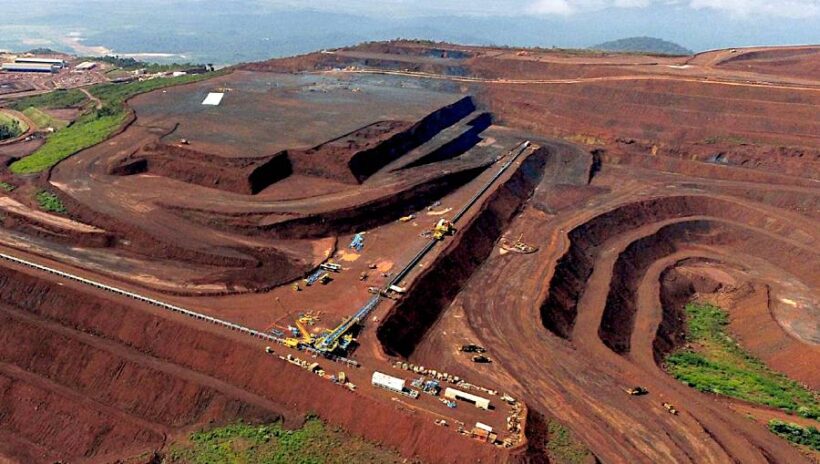





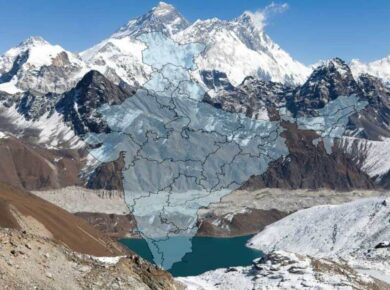

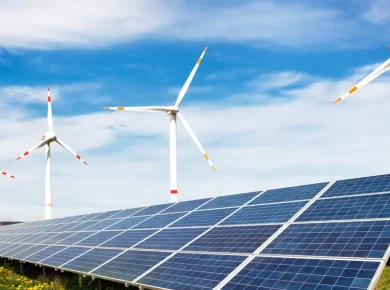
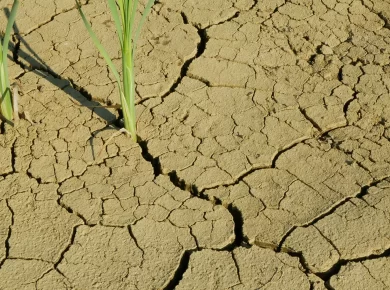

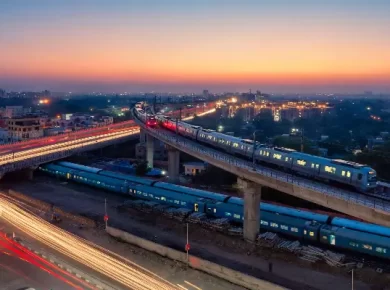
1 comment
thankyou very much to share the knowledge.